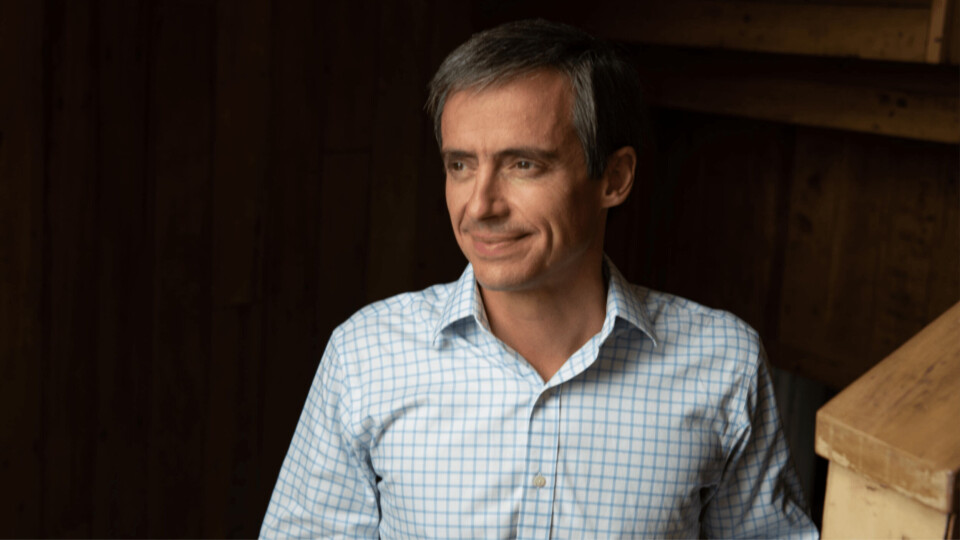
Camanchaca spreads the risk after algal bloom losses
Chilean fish farmer Salmones Camanchaca, which lost 1.6 million fish to algal blooms at sites in Los Lagos region earlier this year, is hoping to reduce the risk of a repeat by adjusting its operations.
The company will increase geographic diversification by using more sites in the Aysén region, and will increase its production of coho salmon, which requires few antibiotics than Atlantic salmon and is immune to the Chilean sea louse, Caligus rogercresseyi.
Coho are also harvested before the summer, which is when the risk of algal blooms is highest.
Gradual improvement
After registering losses in the first half of this year, Salmones Camanchaca chief executive Manuel Arriagada told Fish Farming Expert’s Chilean sister site, Salmonexpert.cl, that the positive numbers will resume during the second half of 2021 “because costs are going to normalise and – gradually - the best price conditions will be captured. We expect a gradual improvement from this month, with a projection of normalisation to 2022”.
Arriagada explained that sites Camanchaca would be using in the Aysén region are located in the oceanic zone, in areas with less risk of environmental events.
“We are actually thinking of two to three centres,” said the CEO. “It is not about reducing our exposure in the Los Lagos region, but rather having a greater geographic diversification to reduce risk and focus on those centres that have less probability of environmental events.”
More coho
He said farming coho had several advantages. “Coho salmon has a production cycle in which it is not produced in summers, therefore we avoid the risk of blooms (which occur mostly at that time). In addition, coho salmon is one that has very low use of antibiotics, therefore it is a more sustainable production, and it is also a salmon that is immune to Caligus, therefore it does not use antiparasitics.
“So, it is a product that is quite sustainable and this also has a lot to do with that decision. Less risk of bloom, very low use of antibiotics and immunity to Caligus: those are the three elements that summarise the decision.”
Asked if Camanchaca’s production target of 70,000 tonnes of salmon a year was sustainable, Arriagada replied: “If we are proposing it, it is because we believe it is a sustainable goal. The projection is focused on centres that, in proportion, are mostly located in the Aysén region, where we have less exposure to certain events. That would take place in the year 2024.”
Bubble curtains
He added that Camanchaca will have protection systems to prevent algae from entering salmon pens when algal blooms appear.
“This is done, for example, with air bubble curtain systems that protect the centre in its environment. Another measure is online algae monitoring, with artificial intelligence tools, to be able to detect harmful algae faster.
“In addition, we are installing upwelling systems that allow currents to be generated to prevent algae from entering the same centre. Finally, we will have prepared back-up farming centre and logistics systems with transport of live fish with large-scale volume wellboats (3,000m³), so that if there are environmental events we can move live fish to other areas.”






















































